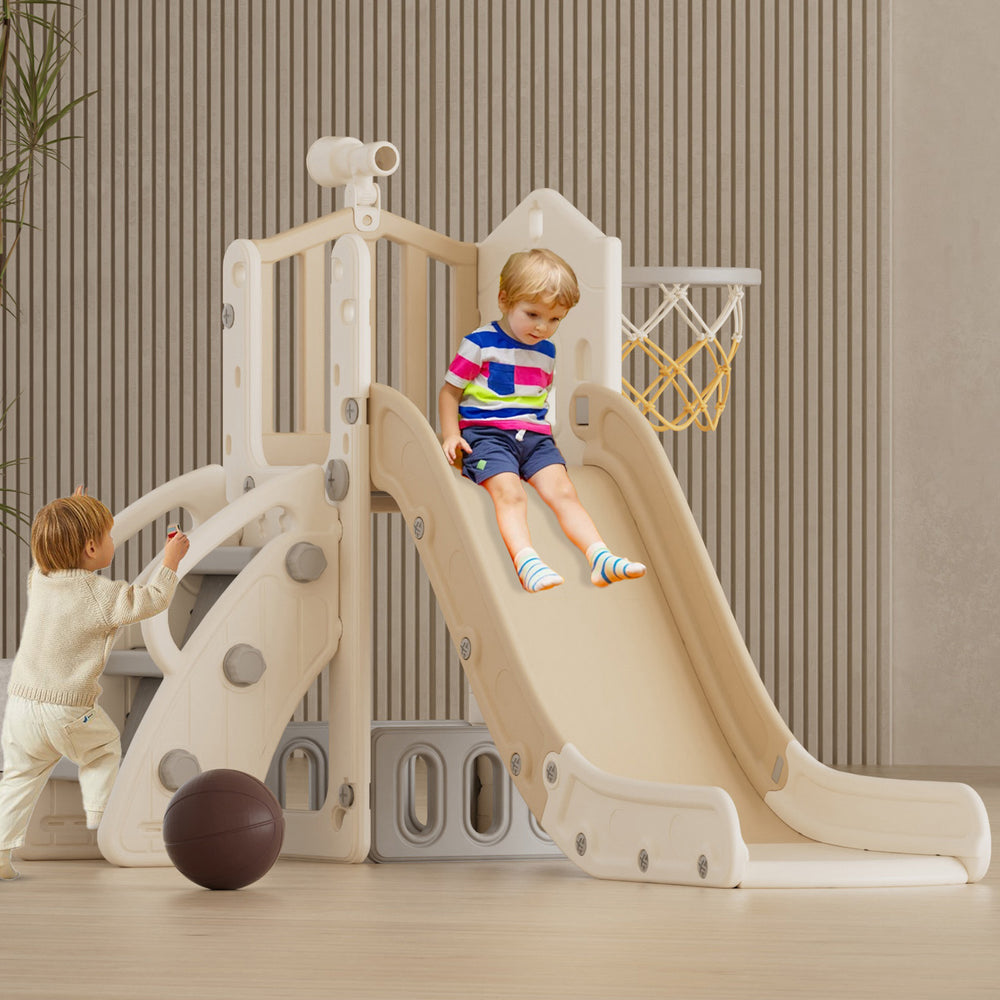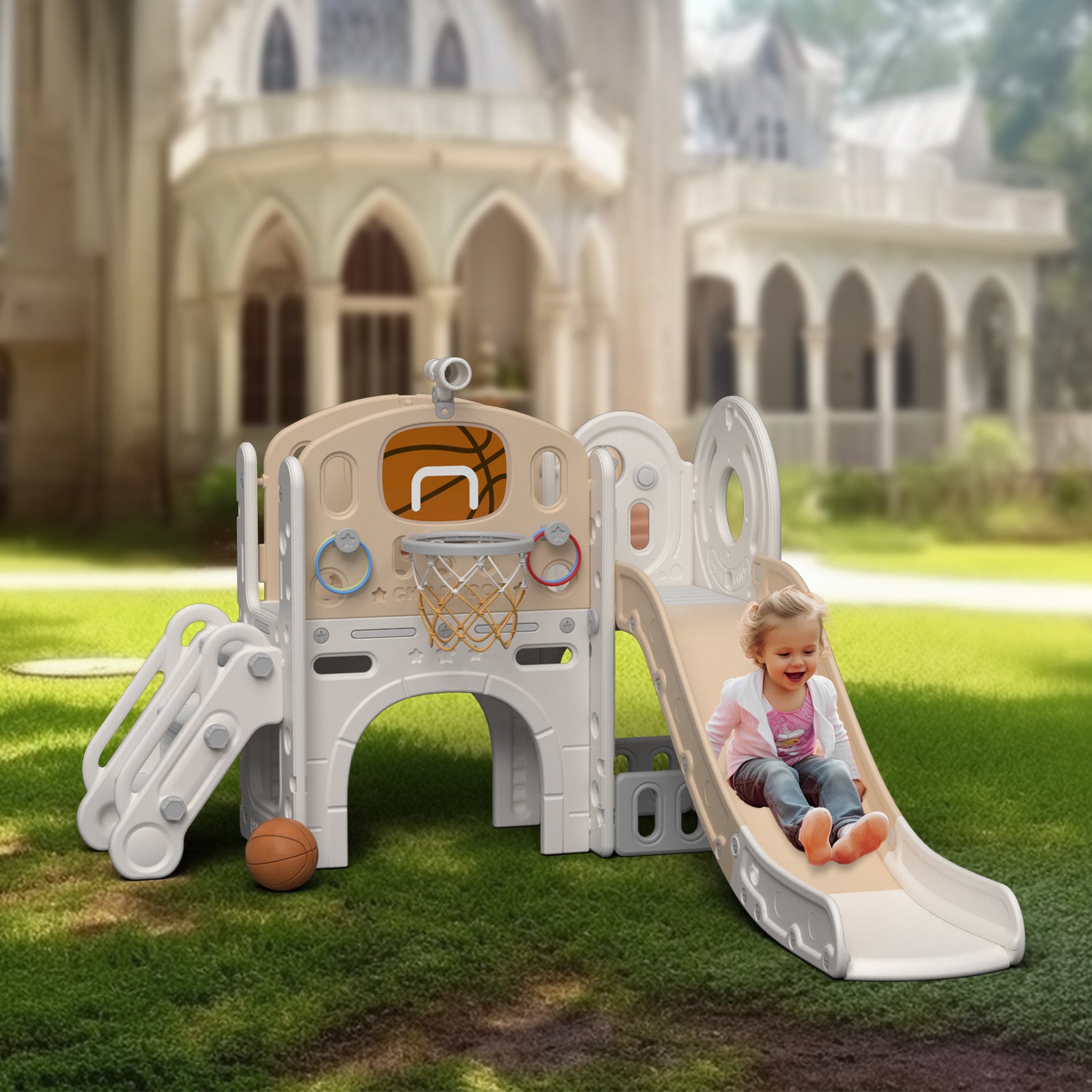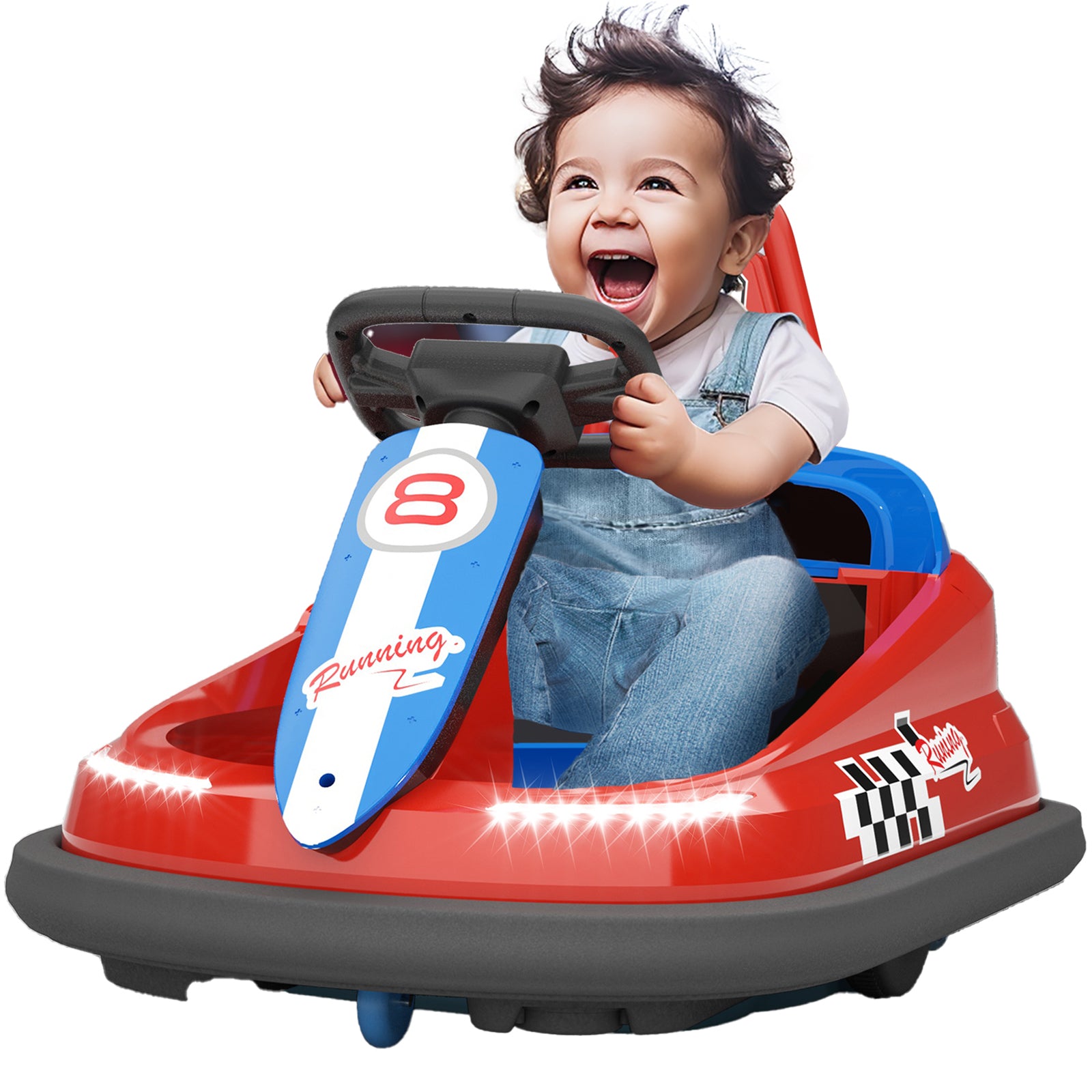Toilet training, also known as potty training, is a significant developmental milestone for toddlers. It marks the transition from being dependent on diapers to gaining control over their bodily functions. While the process can be challenging for both parents and children, the use of toilet training seats has become a valuable tool in facilitating this important transition. This essay explores the various ways in which toilet training seats assist toddlers in their journey towards independence and hygiene.
- Comfort and Familiarity
Toilet training seats provide toddlers with a sense of comfort and familiarity during the transition from diapers to using the toilet. These seats are specially designed to be child-friendly, with smaller seats and often vibrant, attractive colors. Toddlers can sit on these seats with ease, knowing that they are tailored for their size. This physical comfort makes the process less intimidating, as children feel secure and relaxed when using these seats.
- Increased Independence
One of the primary benefits of using toilet training seats is the increased independence they offer to toddlers. With a toilet training seat, children can use the toilet without the need for parental assistance, apart from initial guidance. This newfound independence fosters a sense of achievement, self-reliance, and confidence in toddlers. As they learn to use these seats effectively, they gain a sense of accomplishment that is crucial for their emotional development.
- Heightened Hygiene
Toilet training seats also promote better hygiene for toddlers. Unlike diapers, which can trap moisture and lead to skin irritation, using a toilet training seat allows children to maintain better cleanliness. It encourages them to wipe themselves and flush, leading to improved hygiene habits from a young age. This early introduction to hygiene sets a foundation for lifelong health practices.
- Transition to the Adult Toilet
Toilet training seats serve as an essential stepping stone in the transition from a toddler toilet to an adult toilet. While the toddler seat is smaller and more accommodating, it familiarizes the child with the concept of using a toilet. As they grow and their physical size changes, toddlers become comfortable with the idea of moving from the toddler toilet seat to the standard adult toilet. This smooth transition is vital for the child's physical and psychological development.
- Reduction of Fear and Anxiety
For many toddlers, the thought of using a large, adult-sized toilet can be intimidating and frightening. The use of toilet training seats reduces this fear and anxiety. These seats are designed to be less intimidating and more inviting to toddlers. They make the process seem less daunting, which can be a significant relief for both children and their parents. As fear and anxiety are reduced, children are more likely to embrace the transition to toilet training positively.
- Enhanced Motor Skills
Toilet training seats help toddlers enhance their motor skills. Balancing on a toilet training seat while using the toilet requires some level of coordination and stability. This activity helps toddlers develop their fine and gross motor skills. Additionally, the act of flushing and washing their hands afterward also contributes to their physical and cognitive development. The acquisition of such skills during toilet training is an added advantage of using toilet training seats.
- Increased Parental Support and Involvement
While toilet training seats empower toddlers to be more independent, they also foster increased parental support and involvement. Parents play a crucial role in guiding and teaching their children during this transition. Toilet training seats enable parents to provide assistance while still giving children the autonomy to use the toilet. This shared experience creates a bonding opportunity and reinforces the parent-child relationship.
- Economic Benefits
The use of toilet training seats can also have economic benefits for parents. By transitioning their children from diapers to toilet training seats and eventually to the standard toilet, parents can save money on disposable diapers. This economic advantage, combined with the environmental benefits of reducing diaper waste, adds to the appeal of using toilet training seats.
Conclusion
Toilet training is a significant developmental milestone in a toddler's life, and the use of toilet training seats has proven to be an invaluable tool in facilitating this transition. These seats offer comfort, independence, hygiene, and familiarity to toddlers, helping them overcome the challenges associated with moving from diapers to the toilet. Moreover, toilet training seats aid in the development of motor skills, reduce fear and anxiety, and promote a smoother transition to the adult toilet. Additionally, they enhance parental involvement and provide economic benefits to families. In light of these advantages, it is clear that toilet training seats play a crucial role in the physical, emotional, and cognitive development of toddlers, helping them take the first steps towards self-sufficiency and hygiene.




